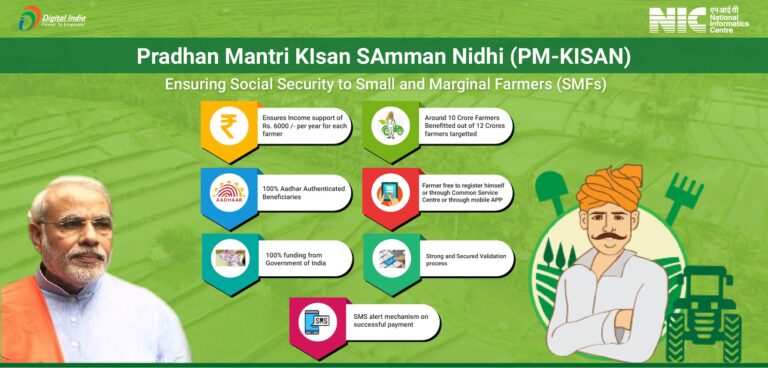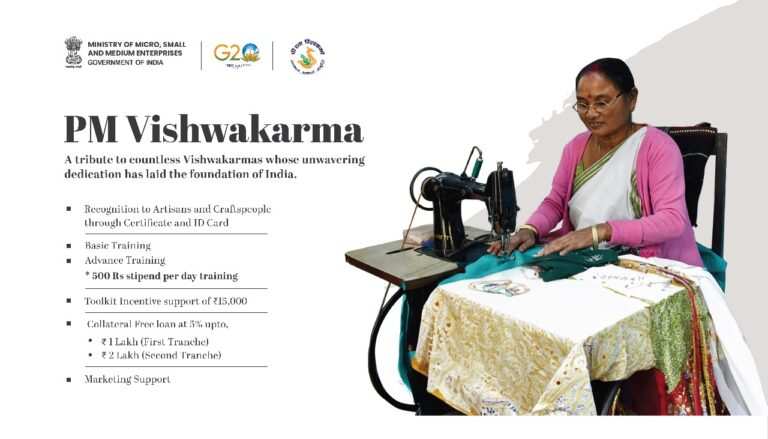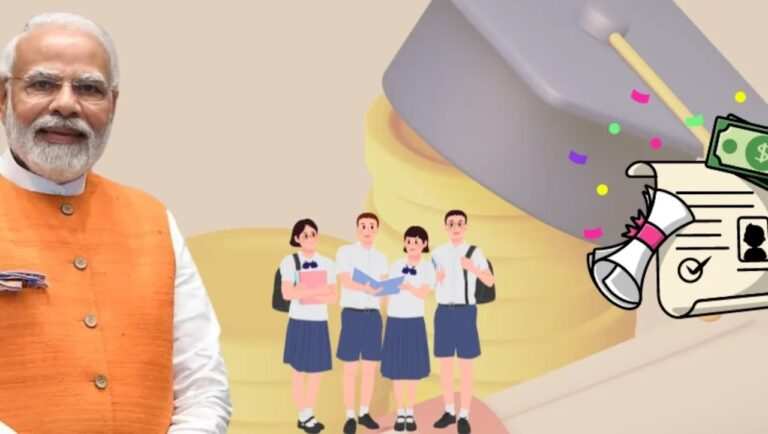Road Accidents Cashless Treatment Scheme 2025

Introduction
In a significant move to address the growing concern of road accidents in India, the Union Ministry of Road Transport and Highways, led by Minister Nitin Gadkari, has announced the nationwide implementation of the Cashless Treatment Scheme by March 2025. This groundbreaking initiative aims to provide immediate financial assistance to road accident victims and their families, potentially saving thousands of lives annually.
Background and Need for the Scheme
India has long grappled with the issue of road safety. In 2024, the country recorded a staggering 1.8 lakh deaths due to road accidents, highlighting the urgent need for comprehensive measures to address this crisis. The Cashless Treatment Scheme is designed as a response to this pressing issue, focusing on providing timely medical care during the critical “golden hour” following an accident.
Key Features of the Cashless Treatment Scheme
Financial Coverage
The scheme offers two primary forms of financial assistance:
- Accident Victim Treatment: Up to ₹1.5 lakh for seven days of treatment for road accident victims. This coverage ensures that victims receive immediate and quality medical care without the burden of upfront payment.
- Hit-and-Run Cases: A ₹2 lakh ex-gratia payment for families of deceased victims in hit-and-run cases. This provision acknowledges the unique challenges faced by families in such tragic circumstances.
Eligibility Criteria
To benefit from the scheme, victims or their representatives must adhere to the following criteria:
- Inform the police within 24 hours of the accident
- The accident must involve a motor vehicle
- The victim must be a citizen of India
Implementation Timeline and Pilot Program
The Ministry has set an ambitious target for the nationwide rollout of the scheme by March 2025. However, to test its efficacy and iron out potential issues, a pilot program has been successfully implemented in several states and union territories, including:
- Assam
- Chandigarh
- Punjab
- Uttarakhand
- Puducherry
- Haryana
The pilot program has already benefited 6,840 individuals, demonstrating the scheme’s potential impact on a national scale.
Objectives and Expected Impact
The Cashless Treatment Scheme has several key objectives:
- Reduce Fatalities: By providing immediate financial assistance for medical treatment, the scheme aims to significantly reduce the number of deaths resulting from road accidents.
- Timely Medical Care: Ensuring victims receive prompt medical attention during the critical “golden hour” following an accident, which can often mean the difference between life and death.
- Alleviate Financial Burden: By offering cashless treatment, the scheme removes the financial barriers that often prevent accident victims from receiving timely and adequate medical care.
- Encourage Reporting: The requirement to inform police within 24 hours is expected to improve accident reporting and data collection, which can inform future road safety measures.
Additional Road Safety Measures
In conjunction with the Cashless Treatment Scheme, the Ministry has announced several other initiatives to enhance road safety:
New Technology for Heavy Vehicles
To address the issue of accidents involving heavy vehicles, the following technologies will be mandated:
- Audio Warning System: This system will alert drivers who show signs of drowsiness, helping to prevent accidents caused by fatigue.
- Electronic Stability Control: This technology improves vehicle stability by detecting and reducing loss of traction.
- Automatic Emergency Braking System: This system detects potential collisions and automatically applies the brakes to prevent or reduce the severity of crashes.
E-Rickshaw Regulations
Recognizing the growing popularity of e-rickshaws and their unique safety challenges, the Ministry is introducing specific regulations and guidelines to improve e-rickshaw safety. These may include:
- Standardization of e-rickshaw design and construction
- Mandatory safety features such as seat belts and speed governors
- Regular safety inspections and certifications
Complementary Initiatives
To create a comprehensive approach to road safety, the Ministry is also implementing several other programs:
1. Driver Training Institutes (DTIs)
The establishment of Driver Training Institutes across the country aims to improve the quality of driver education and training. These institutes will:
- Provide standardized training curricula
- Offer both theoretical and practical training
- Use modern simulation technology for realistic training scenarios
2. “Naksha” – Data-Driven Road Safety Tool
This innovative tool leverages data analytics to:
- Identify accident-prone areas
- Analyze patterns in road accidents
- Inform targeted interventions and policy decisions
3. Advanced Driver Assistance System (ADAS) for Trucks
The introduction of ADAS for trucks includes features such as:
- Lane departure warnings
- Collision avoidance systems
- Adaptive cruise control
These technologies are expected to significantly reduce accidents involving heavy vehicles.
4. Pan-India Faceless Transport Services
By March 2025, the Ministry plans to implement pan-India faceless transport services under the Vahan and Sarathi platforms. This digital initiative will:
- Streamline vehicle registration and licensing processes
- Reduce bureaucratic hurdles and potential corruption
- Improve overall efficiency in transport-related services
Implementation Challenges and Solutions
While the Cashless Treatment Scheme holds great promise, its successful implementation faces several challenges:
1. Infrastructure Readiness
Ensuring that hospitals across the country, particularly in rural areas, are equipped to provide cashless treatment will be crucial. The Ministry is working on:
- Partnering with both public and private hospitals
- Upgrading medical facilities in accident-prone areas
- Establishing a robust network of ambulance services
2. Awareness and Education
For the scheme to be effective, widespread awareness is essential. The Ministry plans to:
- Launch a comprehensive media campaign
- Collaborate with state governments for localized outreach
- Integrate road safety education in school and college curricula
3. Preventing Misuse
To safeguard against potential misuse of the scheme, the following measures will be implemented:
- Strict verification processes
- Integration with police databases
- Regular audits of claims and treatments
4. Funding and Sustainability
Ensuring long-term financial sustainability of the scheme is crucial. The Ministry is exploring:
- Allocation from the road safety cess
- Contributions from insurance companies
- Public-private partnerships
Conclusion
The Nitin Gadkari Cashless Treatment Scheme 2025 represents a significant step forward in India’s efforts to improve road safety and provide crucial support to accident victims. By combining immediate financial assistance with broader road safety initiatives, the scheme has the potential to save thousands of lives and reduce the socio-economic impact of road accidents.
As the nationwide rollout approaches, the success of the pilot programs provides hope for a future where road accidents no longer pose such a severe threat to Indian citizens. The comprehensive approach, addressing not just the aftermath of accidents but also their prevention, demonstrates the government’s commitment to creating safer roads for all.
The coming years will be crucial in determining the scheme’s long-term impact and effectiveness. With continued refinement based on data and feedback, the Cashless Treatment Scheme could serve as a model for other countries grappling with similar road safety challenges.






